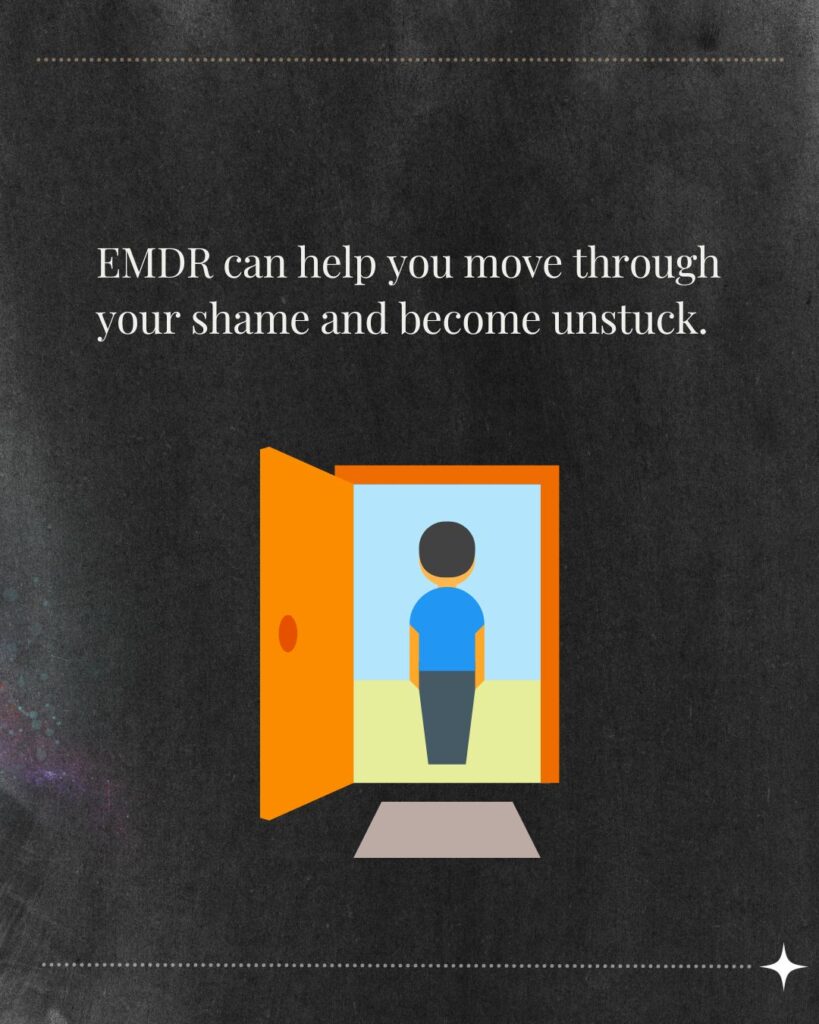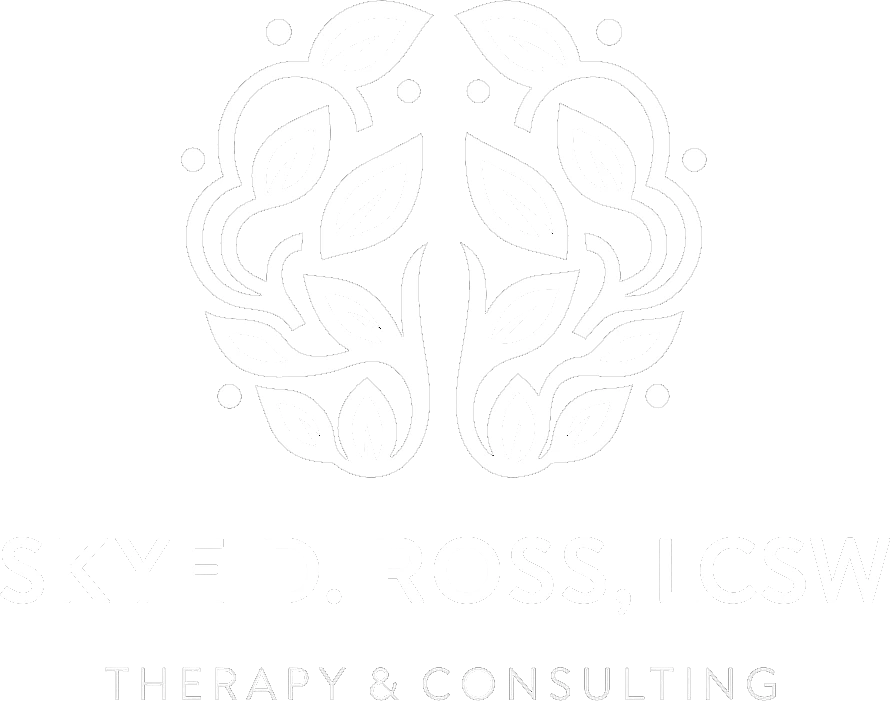What Is Shame?
Shame is an intense emotion that is felt in the body and impacts our behavior in multiple ways. Miriam Webster defines shame as 1a. A painful emotion caused by consciousness of guilt, shortcoming, or impropriety. 1b. The susceptibility to such emotion. 2. A condition of humiliating disgrace or dispute. 3a. Something that brings censure or reproach, also: something to be regretted. 3b. A cause of feeling shame. While shame and trauma both activate the amygdala, neuroscience research suggests that shame occurs within a unique neural network.
Some people are more prone to shame than others. Survivors of different types of childhood trauma tend to live closer to shame. People with neurodivergence (ADHD and autism spectrum disorders) also often experience a higher degree of shame. Working with adult survivors of trauma or neurodivergent clients means coming against deep-rooted shame. I would consider receiving ongoing messages about not being good enough (compared to neurotypical peers), feeling like you don’t fit in (with neurotypical or well-cared-for peers), and being unsafe (due to acute experiences of childhood abuse or chronic attachment-related traumas) as little t or big T traumatic experiences. Any of these experiences could contribute to feeling ashamed and negative beliefs about oneself.
Shame manifests in different ways in adulthood. Research demonstrates that when shame is attributed to external factors, it contributes to more aggressive and combative interpersonal behaviors. The same study showed that when shame is internalized and associated with guilt, it is has a negative correlation to aggressive behavior and is more likely to associate with a negative self-concept. Experiences of shame can also contribute to other maladaptive behaviors, like substance abuse and self harm.
Shame and the Trauma Response
There is some question in the mental health field of whether we should move towards a public health initiative of “shame sensitivity” rather than “trauma-informed care.” Shame and stigma contribute to lack of engagement in services and whether someone feels capable of being authentic and truthful with their medical and mental health care providers. As noted above, traumatic experiences contribute to shame, and vice versa, so the goal is to directly acknowledge shame without being ignorant of trauma.

Shame arises when your experience does not match a cultural, familial, or personal expectation. As a moral injury, shame leads us to belief there is something wrong with us for not meeting expectations. To combat this, people living with shame often turn to substance use and hold themselves to high standards. Below is an example of one of the many unexpected ways shame can impact us and the path towards healing through EMDR. (Read about what it’s like to engage in EMDR with me here).
Case Study
I had a client who had lived with a chronic illness since childhood. She was deeply ashamed of her symptoms and had felt “disgusting” because of them. The messages she received and internalized from others impacted her ability to be authentic in her relationships. Her childhood experiences of her illness and relationships added to her feeling alone and incapable. As an adolescent, she began using substances to dissociate from her shame and anxiety in social settings. In adulthood, these beliefs manifested in her perfectionistic approach to herself, her work, and her substance use. She initially chose to target feeling out of control with her substance use for EMDR therapy. Through the target assessment, she identified negative core beliefs (Negative Cognitions for those using EMDR) of being out of control. Through a floatback, this connected with her early experiences with her chronic illness. In targeting those early experiences, she both connected with this childhood part of her (IFS parts work) and was able to see those memories as more distant. Bringing in the adaptive information she knows to be true about herself brought healing. She was able to move beyond seeing her substance use in black-and-white terms (control vs. out of control; using vs. not using) by first targeting this deep-rooted and painful shame. She found that she does in fact exert control over her use and moved towards acceptance of her occasional, intentional use instead of shaming herself for it.

Conclusions
EMDR is an effective strategy for mitigating shame precisely because it opens the door for your brain to adaptively process previous hurts and connect to your positive experiences. We feel shame so intensely in our bodies and nervous systems because of its association with earlier experiences of being “bad” or left wanting in some way. As shame can both feel like trauma and lead to later experiences of trauma, it makes sense that EMDR would be an effective intervention. Memories associated with similar somatic and psychological experiences of shame become linked, leading to a confirmation bias that amplifies the negative self conceptualization. Throughout EMDR, we build upon pre-existing resilience and positive experiences that challenge the negative beliefs a person holds. These positive experiences and truths about oneself become integrated so that traumatic or shameful experiences no longer hold the same weight or feel as activating in the body.
Learn More
Contact me
If you are curious about addressing shame in your own practice, reach out to me for consultation. I’m an EMDRIA consultant-in-training and can provide up to 15 hours of the consultation required towards your certification.
If you’re exploring therapy and have general questions about EMDR, please reach out to me.
Reading
Shame: Interpersonal Behavior, Psychopathology, and Culture, Paul Gilbert & Bernice Andrews
Attachment-Focused EMDR: Healing Relational Trauma, Laurel Parnell, Elena Felder, Holly Prichard, Prabha Milstein, & Nancy Ewing
